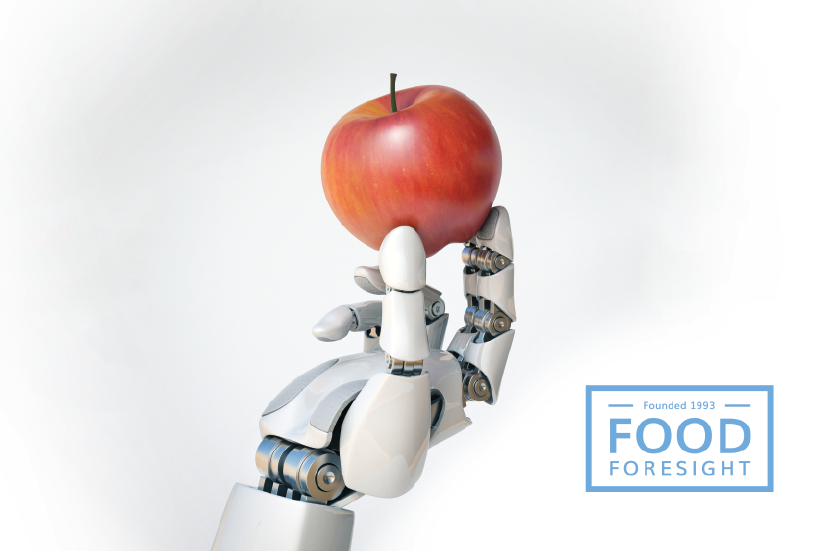This article originally appeared in California Farm Bureau Federation’s Ag Alert.
If there’s a term describing business in the second decade of the 21st century, it’s “disruption.” Entrepreneurs uncovering untapped needs and creating new ones, combined with technological innovations that look a lot like science fiction, are pushing many traditional industry leaders off their perches.
It’s hard to miss the industry sectors in the thick of this transformative period. Media, entertainment, hospitality, transportation, telecommunication, manufacturing, financial services and retail are among those going through successive waves of change.
The seeds of disruption are already planted in agriculture and could easily displace business-as-usual approaches in the name of solving problems, producing greater yields, reducing costs, and creating new markets and customer segments.
In a produce company planning session this spring, one Chilean grower said, “I want to disrupt the marketplace before it disrupts me.”
The 2018 Food Foresight report—representing a 25-year trends collaboration between Nuffer, Smith, Tucker and the California Institute of Food & Agricultural Research at the University of California, Davis—identified disruption all around us as the key driver of future trends likely to shape the agri-food chain.
The report follows scrutiny of thousands of pages of data across 20 categories related to the agri-food supply chain by a blue-ribbon panel representing all facets of the chain—from production to food safety, retail, food service and even sociology.
Since the report was issued earlier this year, the term “disruption” is dominating strategic planning discussions across the agri-food supply chain. It transcends each trend in the Food Foresight 2018 report:
- Trend 1: Technology firms in the hot seat; new challenges to public acceptance.
- Trend 2: Changes in logistics and food distribution paving the way for disruption from farm to plate.
- Trend 3: Consumer preferences change; “big food” struggles to play catch-up.
- Trend 4: Changes in U.S. climate policy fuel new leadership.
With disruption all around, it’s easy to get distracted and allocate resources to the latest shiny object that may or may not be to your organization’s advantage. On the flip side, organizations that are stuck in their ways may risk extinction.
There is tremendous opportunity for those that embrace change as a core value, and who approach the future with their eyes open.
Our experience suggests you have a greater opportunity if you catch issues early in their development, when the strategic options are most plentiful.
In evaluating these trends and others, keep in mind: 1) opportunities with the highest probability of advancing your organization’s purpose and/or vision for success, and 2) threats with the highest probability of standing in the way of your organization’s purpose and/or vision for success.
If you’re involved in farm group or agri-food company planning, and the concept of disruption doesn’t come up in the assessment of future opportunities and threats, or during strategy development, ask why. After all, as Food Foresight panelist and vice president of sales and marketing for HMC Farms Steve Kenfield said, “Darwin is here and only the fittest will survive.”
Will your organization make the cut?
The Food Foresight panel met at Kautz Ironstone Vineyards in Murphys, California last month to begin work on the 2019 trends report. Interested in learning more about Food Foresight? Visit NSTPR.com/Food-Foresight.

